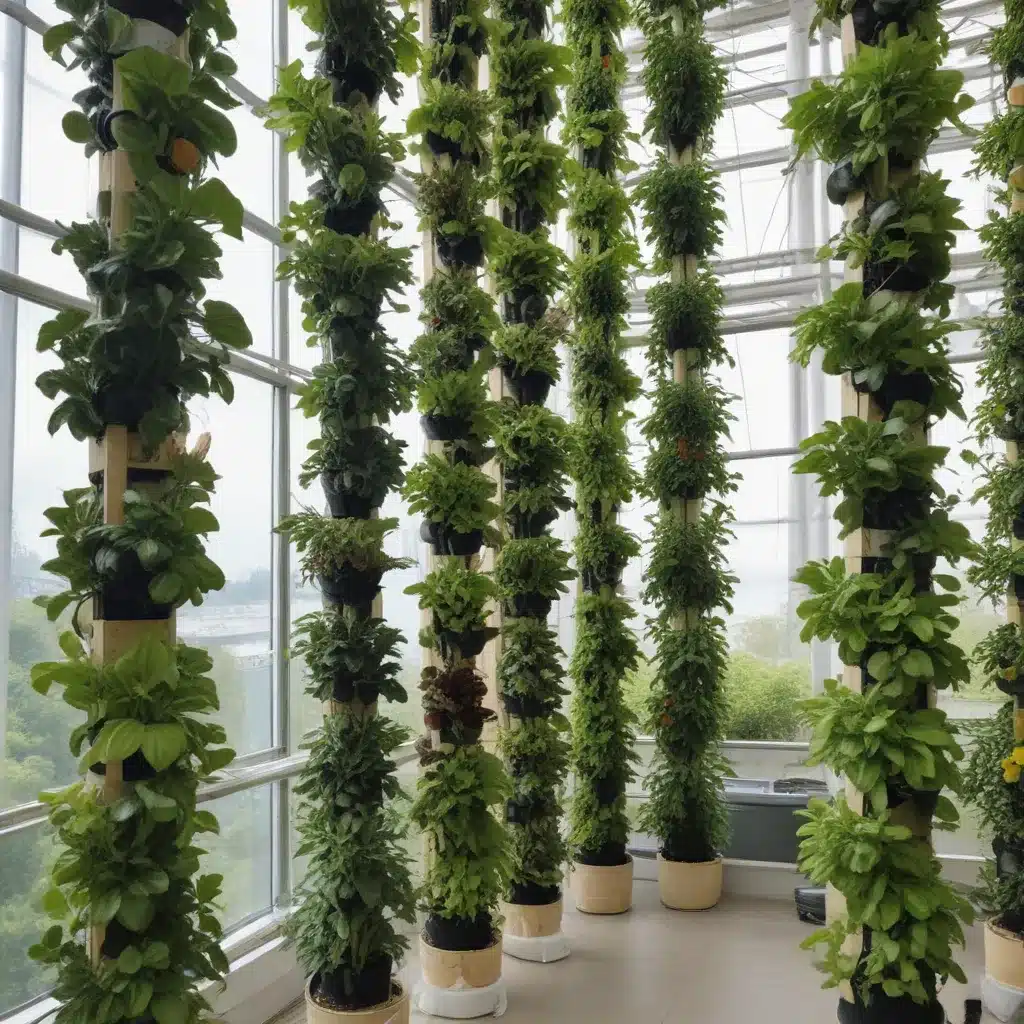
Discovering the Joys of Homegrown Produce
Spring has sprung, and gardening fever is in the air! As the days grow longer and the temperature starts to rise, families across Stanley Park are dusting off their gardening tools and getting ready to dig in the dirt. Whether you’re a seasoned green thumb or a complete novice, the prospect of growing your own fruits and vegetables is an exciting one. Not only is it a wonderful outdoor activity that gets the whole family involved, but it can also lead to significant savings on your grocery bill.
At Stanley Park High, we believe that cultivating a garden is a valuable life skill that all students should have the opportunity to explore. That’s why we’re thrilled to see so many members of our community embracing the joys of homegrown produce. From lush vegetable beds to thriving indoor hydroponics setups, the variety of gardening projects underway in Stanley Park is truly inspiring.
In this article, we’ll take a closer look at the benefits of vertical gardening and indoor hydroponics – two innovative approaches that are gaining popularity among our green-fingered neighbours. Whether you’re short on space or looking to extend your growing season, these techniques can help you maximize your garden’s productivity and bring a bountiful harvest right to your doorstep.
Reaching New Heights with Vertical Gardening
One of the most space-efficient ways to grow your own food is through vertical gardening. By utilizing vertical space, you can pack more plants into a small area, making it an ideal solution for those with limited outdoor space, such as balconies or small yards.
“Vertical gardening has been a game-changer for us,” says local resident Jenn Leach. “When we moved into our new townhouse, I was determined to have a thriving vegetable garden, but our backyard was tiny. Vertical gardening allowed me to create a lush oasis of tomatoes, cucumbers, and leafy greens, all without taking up precious square footage.”
Jenn’s setup includes a series of hanging planters, tiered shelves, and trellises that support her climbing plants. “The key is to choose varieties that are well-suited for vertical growth, such as pole beans, cherry tomatoes, and vining cucumbers,” she explains. “These plants naturally want to climb, so you’re just providing them with the right structure to do so.”
Another benefit of vertical gardening is that it can help protect your plants from pests and diseases. “By elevating the plants off the ground, you’re creating a barrier that keeps crawling insects and slugs at bay,” says Jenn. “Plus, the increased air circulation helps prevent fungal issues like powdery mildew.”
If you’re new to vertical gardening, start by assessing the available vertical space in your garden or on your balcony. Look for walls, fences, or sturdy trellises that can support the weight of your plants. Beginning gardeners may want to start with a simple setup, such as a few hanging baskets or a small vertical garden unit, and then expand their system as they gain experience.
Embracing Indoor Hydroponics
For those who want to grow their own produce year-round, indoor hydroponics is an exciting option. By using a soil-free, water-based system, hydroponic gardeners can cultivate a variety of vegetables, herbs, and even some fruits without the need for outdoor space.
“Hydroponics has allowed me to enjoy fresh, homegrown greens and herbs throughout the winter,” says local mom Patrice Mardula. “I have a small, self-contained hydroponic unit set up in my kitchen, and it’s been incredible to be able to snip a few leaves of basil or kale whenever I need them for cooking.”
Patrice’s hydroponic system uses a recirculating water pump to deliver nutrient-rich water directly to the plant’s roots, eliminating the need for soil. “The plants grow incredibly fast in this environment,” she explains. “I can harvest lettuce, spinach, and other leafy greens in just a few weeks, which is much quicker than a traditional soil-based garden.”
While the initial setup cost for a hydroponic system can be higher than starting a traditional outdoor garden, the long-term benefits can make it a worthwhile investment. “I’ve found that the money I save on grocery store produce more than makes up for the cost of my hydroponic unit,” says Patrice. “And the ability to grow fresh, pesticide-free food year-round is priceless.”
If you’re interested in exploring indoor hydroponics, there are a variety of self-contained systems available on the market, ranging from countertop units to larger, floor-standing models. When choosing a system, consider factors such as the size of your available space, the types of plants you want to grow, and your budget.
Join the Growing Green Thumb Movement
Whether you choose to focus on vertical gardening, indoor hydroponics, or a combination of the two, the benefits of growing your own food are numerous. Not only will you enjoy the satisfaction of harvesting your own produce, but you’ll also be able to reduce your carbon footprint, save money on your grocery bills, and provide your family with fresh, nutritious ingredients.
To get started, be sure to check out the wide range of gardening resources available through the Stanley Park High School website. From workshops and classes to plant swaps and community gardens, there are plenty of opportunities to connect with other green thumbs in the area and learn new techniques.
So, what are you waiting for? Grab your gardening gloves, dig in the dirt, and start growing your own green oasis. The rewards of homegrown produce are sure to be bountiful.

